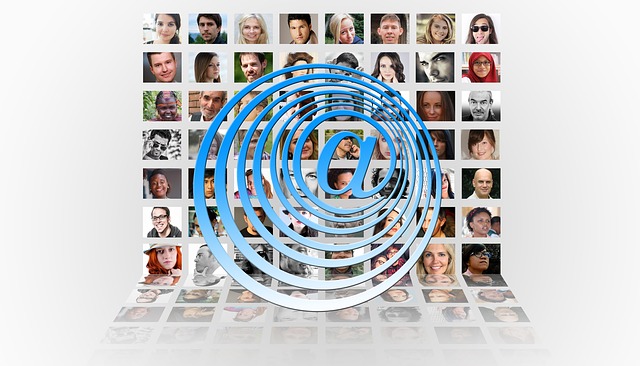The Minnesota Council of Nonprofits recently had their Annual Conference. Being interested on more of the tech side things, I gravitated towards those sessions with technology as a focus.While in a session on Fundraising and Email benchmarks, there was a question from the audience that received a vague answer:
‘I’ve got a lot of information that I want to get out to my email list, but I’m afraid that if I send them messages that are too large it will get buried, and if I send to them too frequently, they will unsubscribe.’
There are two different ways that I would suggest to approach this problem:
- Start Emailing Everyone More – This is the easy way out.
- Send More to Those Who Want More – A little bit of extra work but a better payoff.
If you want to start emailing more, then start emailing more. Although I’m being a little facetious in suggesting the first approach, it’s entirely valid. You will have people unsubscribe because of this, but maybe that is acceptable to you in order to pull more people into receiving these emails. If you are going to go this route, it is important to ease into a higher frequency. Start with a few sporadic special editions and see if you get a spike in the number of people who have unsubscribed. Open rate and unsubscribe rate are two important indicators that will inform your decision to maintain the sporadic special editions, go back to your regular send rate, or make a jump to a higher overall frequency.
Send more to just those who want more. It sounds like an utopian ideal. To send more to just these people, you need to do an opt-in. Send an email to your current list of subscribers and make the case for why they would want to receive more mail from you and what they can expect if they do. This email would then link to a form where they can subscribe. Yes, you will now be maintaining two email lists, but most email software makes this easy. It actually removes the burden of having to guess what your audience wants by empowering them to make their own decision. In the process you get more information about what they want and a happier constituent.
Using either method you should indicate which messages are part of your regularly scheduled emails and which are the extra editions beyond your normal frequency. The branding of your newsletter should stay almost exactly the same with a minor tweak to indicate that this is an extra or special edition. You can indicate this in the subject line by adding ‘Extra’, or something similar, in the name of your publication, or you can add the information as text or an image in your mailing.


 thedatabank, gbc is technology for change, and we walk the talk.
thedatabank, gbc is technology for change, and we walk the talk. 

